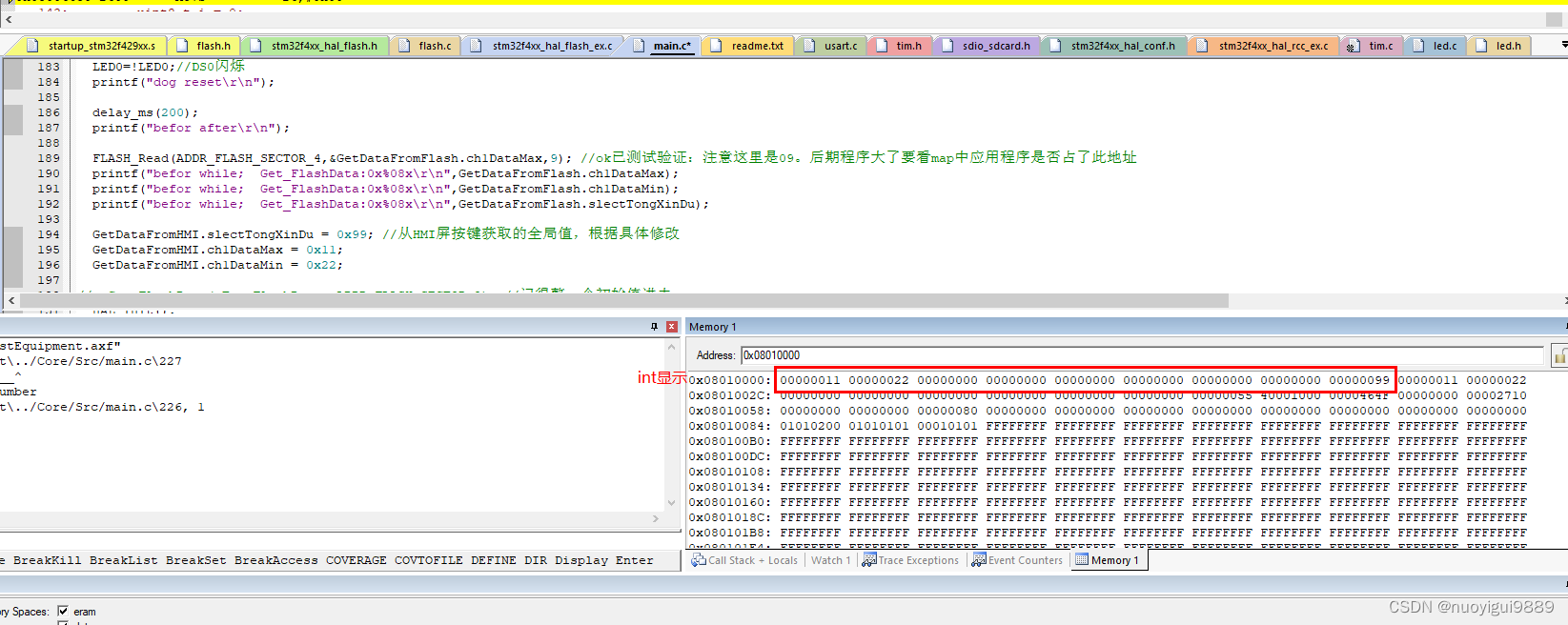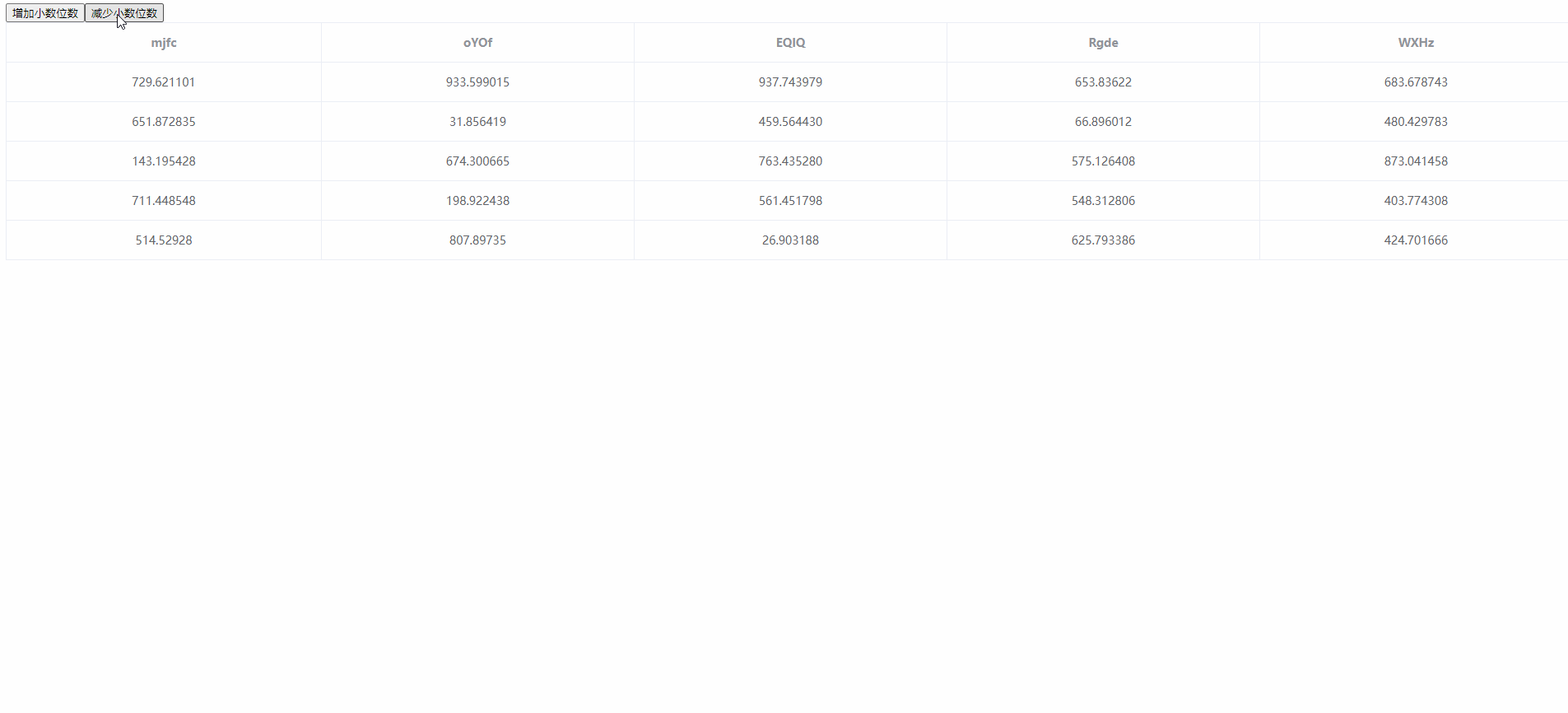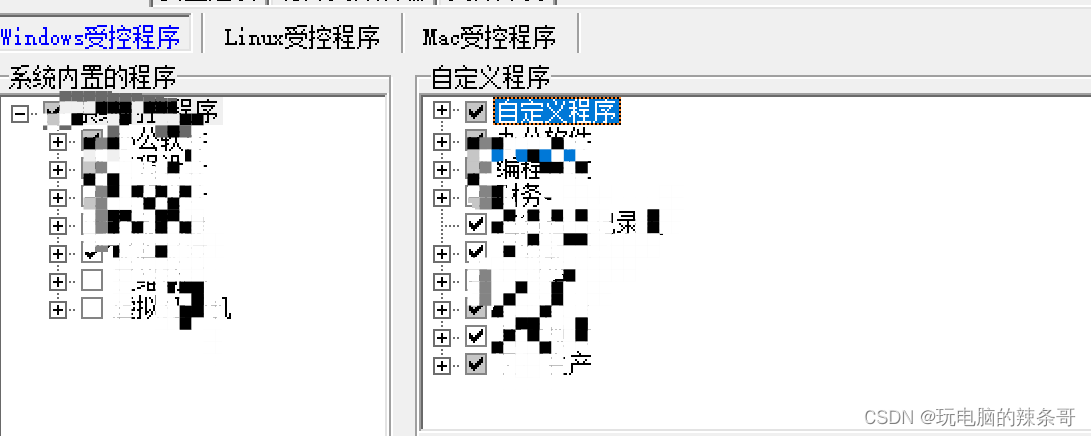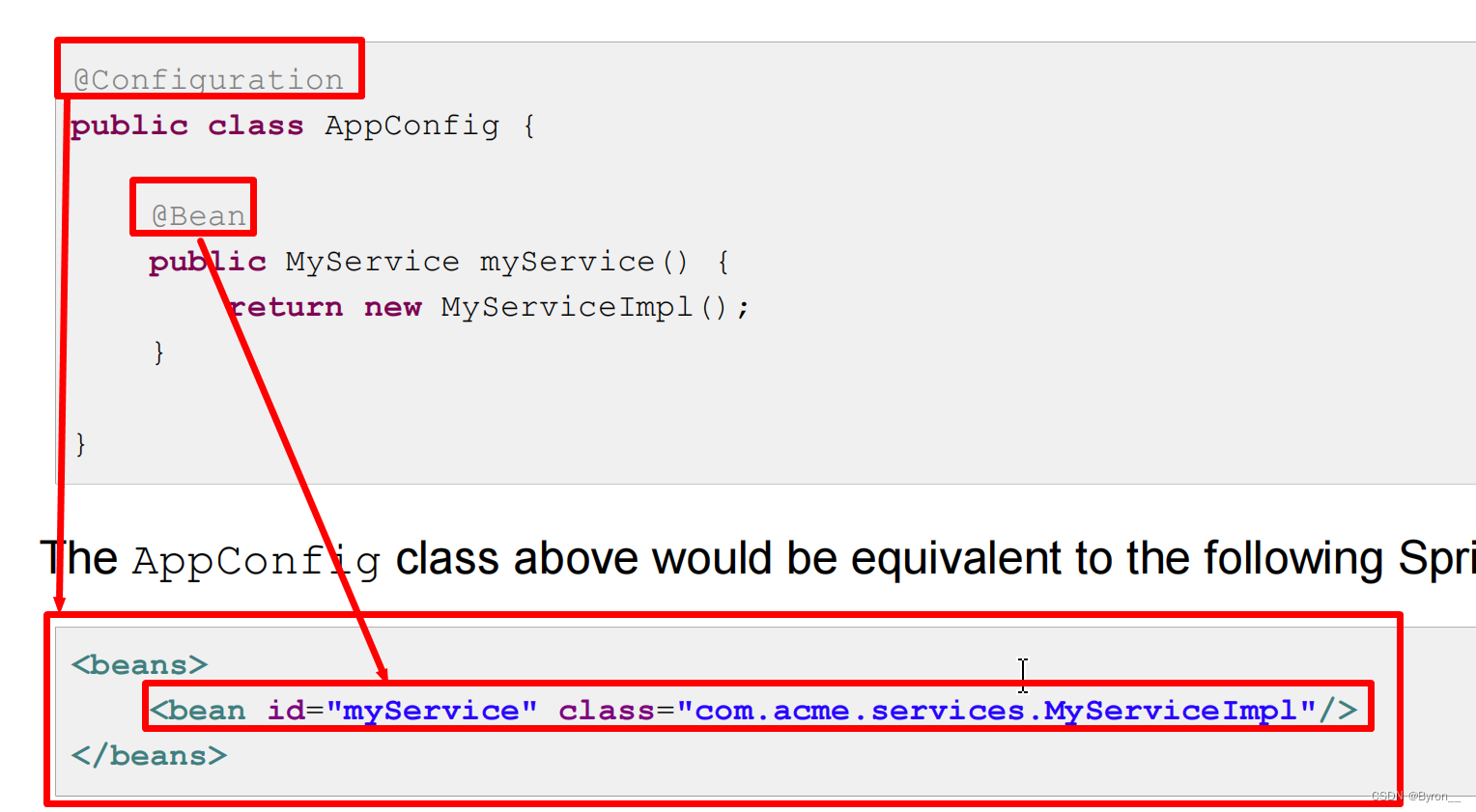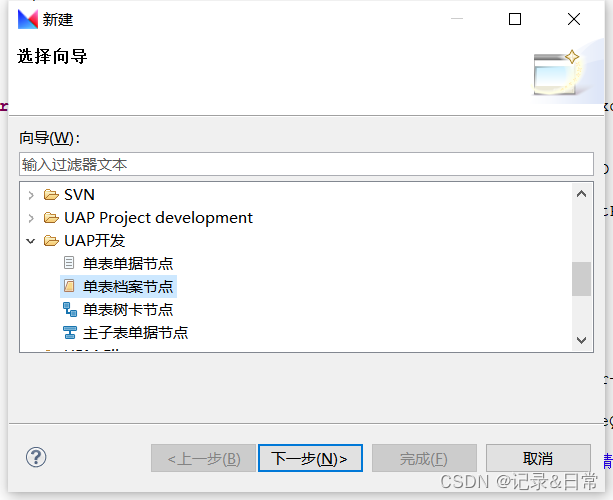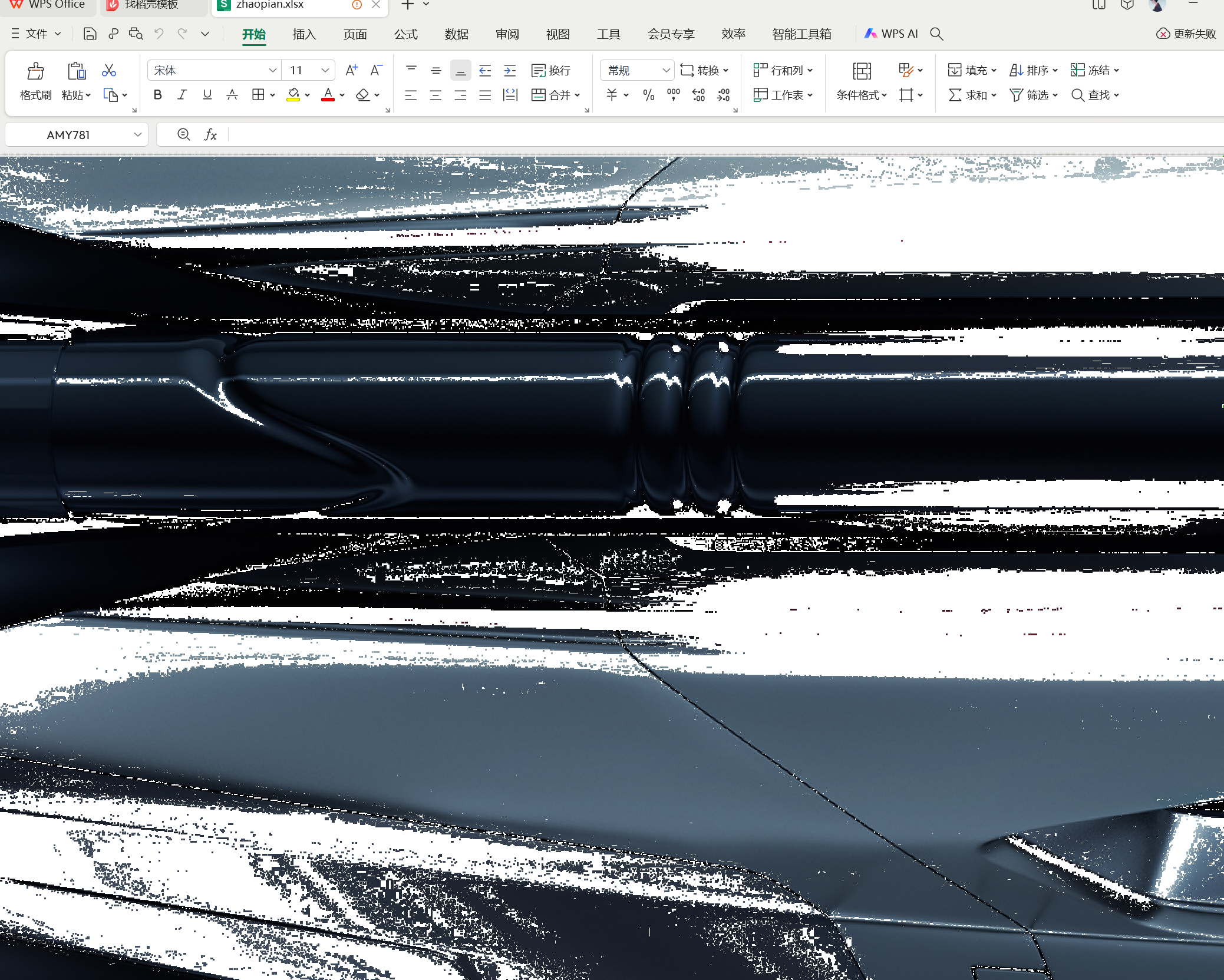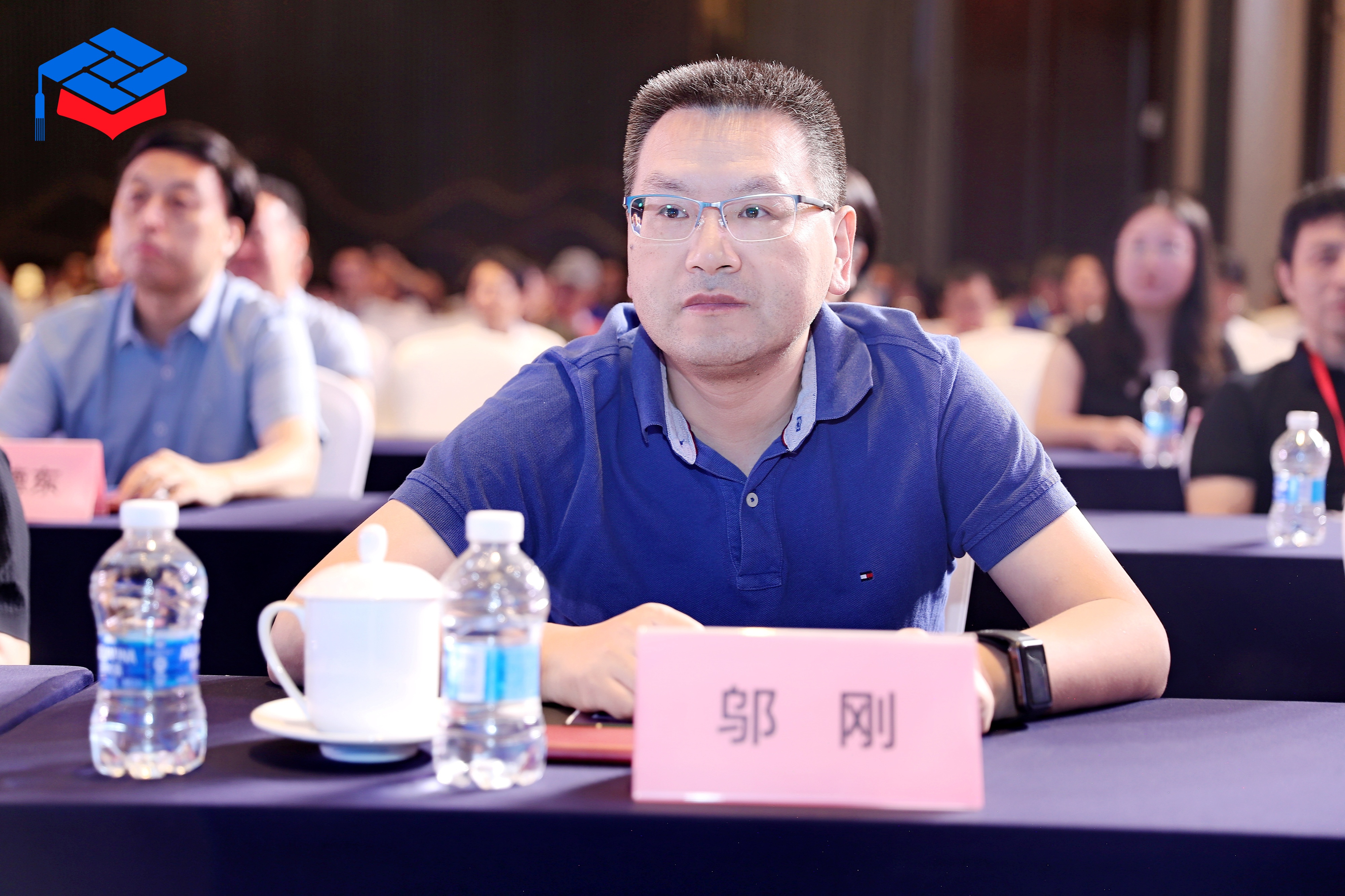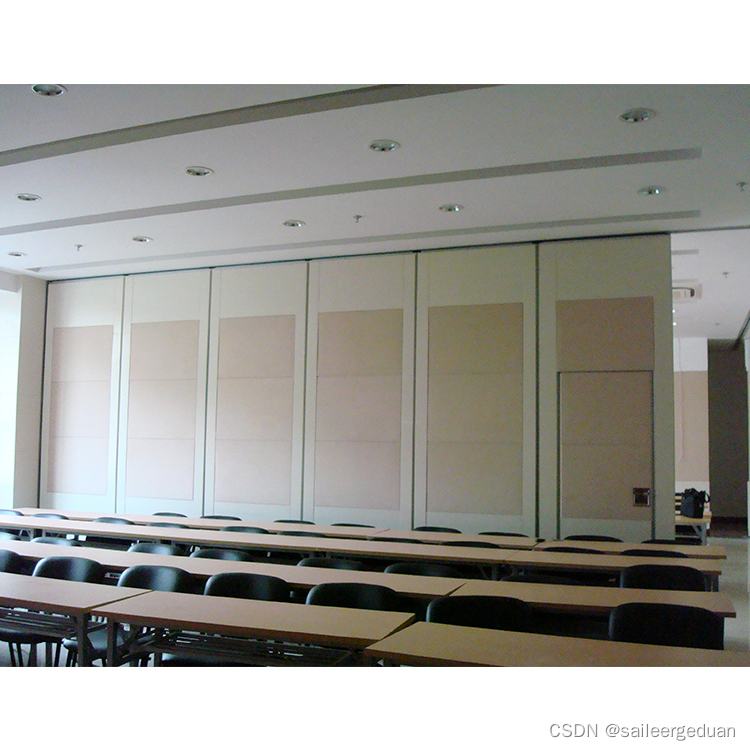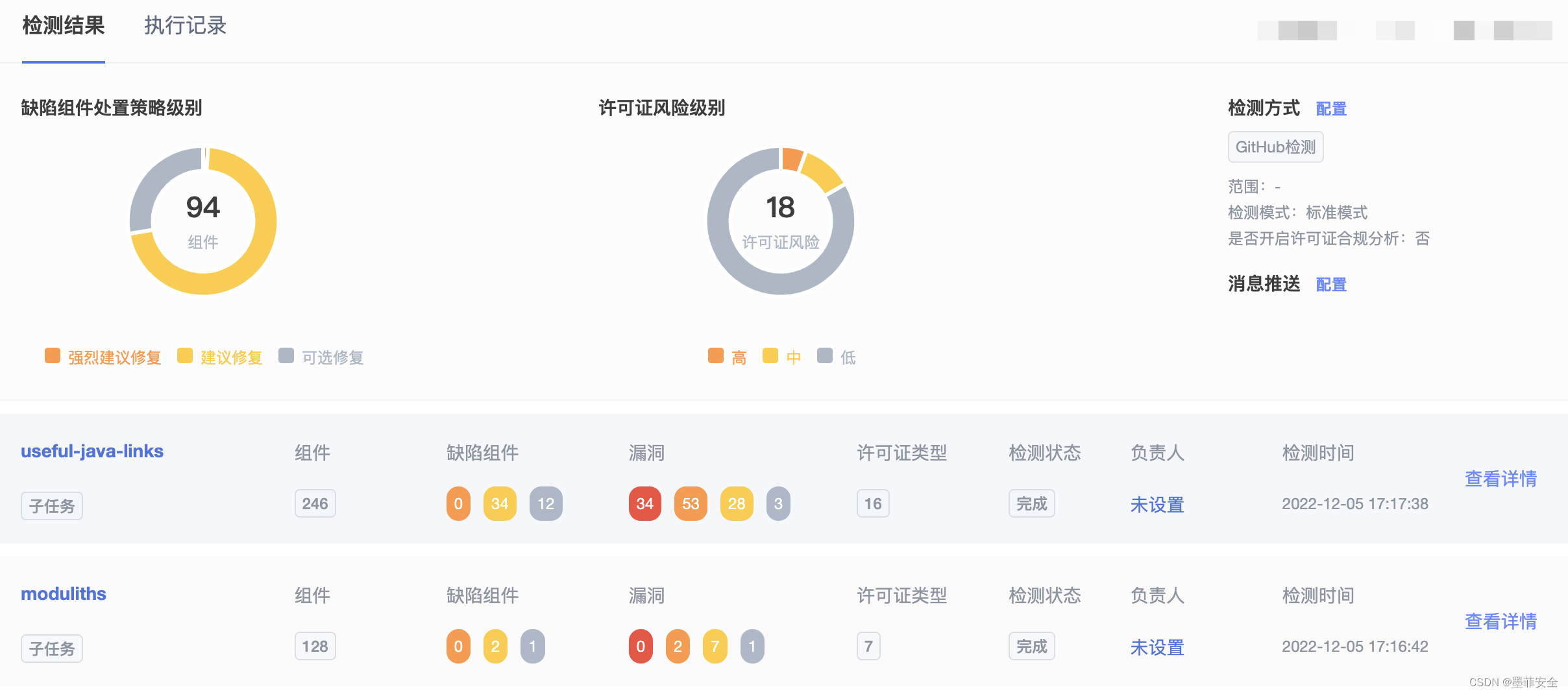STM32驱动MAX30102心率血氧传感器(OLED显示)
- 简介
- 电气参数
- 系统框图
- 接线
- 代码
- 结果
- 总结
简介
MAX30102是一个集成的脉搏血氧仪和心率监测仪模块。它包括内部led,光电探测器,光学元件,和低噪声电子与环境光排斥。MAX30102提供了一个完整的系统解决方案,以简化移动和可穿戴设备的设计过程。MAX30102运行在一个1.8V电源和一个单独的3.3V电源上。通信是通过一个标准的i2c兼容的接口。该模块可以通过零备用电流的软件关闭,允许电源轨道始终保持供电。



电气参数
| 工作电压 | 1.8-5V |
|---|---|
| 工作电流 | 1.5mA |
| 心率精确度 | +/-5bpm(静态),+/-10bpm(动态) |
| 信号接口 | IIC |
| 分辨率 | 1bpm |
系统框图

MAX30102是一个完整的脉搏血氧仪和心率传感器系统解决方案模块,为可穿戴设备的苛刻要求而设计。该设备保持了一个非常小的解决方案尺寸,而不牺牲光学或电气性能。集成到可穿戴系统中需要最小的外部硬件组件。MAX30102可以通过软件寄存器进行完全可调,并且数字输出数据可以存储在IC内的一个32深的FIFO中。FIFO允许MAX30102连接到共享总线上的微控制器或处理器,在其中,数据不会从MAX30102的寄存器中连续读取。MAX30102有一个片上的温度传感器,用于校准SpO2子系统的温度依赖性。该温度传感器的固有分辨率0.0625°C。器件输出数据对红外LED的波长相对不敏感,其中红色LED的波长对正确解释数据至关重要。与MAX30102输出信号一起使用的SpO2算法可以补偿环境温度变化时的相关SpO2误差。
接线
| STM 32 | MAX30102 | OLED | USB -TTL |
|---|---|---|---|
| 3.3V | VCC | VCC | 3.3V |
| GND | GND | GND | GND |
| PB7 | SCL | - | - |
| PB8 | SDA | - | - |
| PB9 | IM | - | - |
| PA5 | - | SCL | - |
| PA6 | - | SDA | - |
| PA3 | - | RST | - |
| PA4 | - | DC | - |
| PA2 | - | CS | - |
| PA9 | - | - | RXD |
| PA10 | - | - | TXD |
代码
#include "led.h"
#include "delay.h"
#include "sys.h"
#include "usart.h"
#include "max30102.h"
#include "myiic.h"
#include "algorithm.h"
#include "oled.h"
uint32_t aun_ir_buffer[500]; //IR LED sensor data
int32_t n_ir_buffer_length; //data length
uint32_t aun_red_buffer[500]; //Red LED sensor data
int32_t n_sp02; //SPO2 value
int8_t ch_spo2_valid; //indicator to show if the SP02 calculation is valid
int32_t n_heart_rate; //heart rate value
int8_t ch_hr_valid; //indicator to show if the heart rate calculation is valid
uint8_t uch_dummy;
#define MAX_BRIGHTNESS 255
void dis_DrawCurve(u32* data,u8 x);
int main(void)
{
//variables to calculate the on-board LED brightness that reflects the heartbeats
uint32_t un_min, un_max, un_prev_data;
int i;
int32_t n_brightness;
float f_temp;
u8 temp_num=0;
u8 temp[6];
u8 str[100];
u8 dis_hr=0,dis_spo2=0;
NVIC_Configuration();
delay_init(); //延时函数初始化
uart_init(115200); //串口初始化为115200
LED_Init();
//OLED
OLED_Init();
OLED_ShowString(0,0," initializing ",16);
OLED_Refresh_Gram();//更新显示到OLED
max30102_init();
printf("\r\n MAX30102 init \r\n");
un_min=0x3FFFF;
un_max=0;
n_ir_buffer_length=500; //buffer length of 100 stores 5 seconds of samples running at 100sps
//read the first 500 samples, and determine the signal range
for(i=0;i<n_ir_buffer_length;i++)
{
while(MAX30102_INT==1); //wait until the interrupt pin asserts
max30102_FIFO_ReadBytes(REG_FIFO_DATA,temp);
aun_red_buffer[i] = (long)((long)((long)temp[0]&0x03)<<16) | (long)temp[1]<<8 | (long)temp[2]; // Combine values to get the actual number
aun_ir_buffer[i] = (long)((long)((long)temp[3] & 0x03)<<16) |(long)temp[4]<<8 | (long)temp[5]; // Combine values to get the actual number
if(un_min>aun_red_buffer[i])
un_min=aun_red_buffer[i]; //update signal min
if(un_max<aun_red_buffer[i])
un_max=aun_red_buffer[i]; //update signal max
}
un_prev_data=aun_red_buffer[i];
//calculate heart rate and SpO2 after first 500 samples (first 5 seconds of samples)
maxim_heart_rate_and_oxygen_saturation(aun_ir_buffer, n_ir_buffer_length, aun_red_buffer, &n_sp02, &ch_spo2_valid, &n_heart_rate, &ch_hr_valid);
while(1)
{
i=0;
un_min=0x3FFFF;
un_max=0;
//dumping the first 100 sets of samples in the memory and shift the last 400 sets of samples to the top
for(i=100;i<500;i++)
{
aun_red_buffer[i-100]=aun_red_buffer[i];
aun_ir_buffer[i-100]=aun_ir_buffer[i];
//update the signal min and max
if(un_min>aun_red_buffer[i])
un_min=aun_red_buffer[i];
if(un_max<aun_red_buffer[i])
un_max=aun_red_buffer[i];
}
//take 100 sets of samples before calculating the heart rate.
for(i=400;i<500;i++)
{
un_prev_data=aun_red_buffer[i-1];
while(MAX30102_INT==1);
max30102_FIFO_ReadBytes(REG_FIFO_DATA,temp);
aun_red_buffer[i] = (long)((long)((long)temp[0]&0x03)<<16) | (long)temp[1]<<8 | (long)temp[2]; // Combine values to get the actual number
aun_ir_buffer[i] = (long)((long)((long)temp[3] & 0x03)<<16) |(long)temp[4]<<8 | (long)temp[5]; // Combine values to get the actual number
if(aun_red_buffer[i]>un_prev_data)
{
f_temp=aun_red_buffer[i]-un_prev_data;
f_temp/=(un_max-un_min);
f_temp*=MAX_BRIGHTNESS;
n_brightness-=(int)f_temp;
if(n_brightness<0)
n_brightness=0;
}
else
{
f_temp=un_prev_data-aun_red_buffer[i];
f_temp/=(un_max-un_min);
f_temp*=MAX_BRIGHTNESS;
n_brightness+=(int)f_temp;
if(n_brightness>MAX_BRIGHTNESS)
n_brightness=MAX_BRIGHTNESS;
}
//send samples and calculation result to terminal program through UART
if(ch_hr_valid == 1 && n_heart_rate<120)//**/ ch_hr_valid == 1 && ch_spo2_valid ==1 && n_heart_rate<120 && n_sp02<101
{
dis_hr = n_heart_rate;
dis_spo2 = n_sp02;
}
else
{
dis_hr = 0;
dis_spo2 = 0;
}
printf("HR=%i, ", n_heart_rate);
printf("HRvalid=%i, ", ch_hr_valid);
printf("SpO2=%i, ", n_sp02);
printf("SPO2Valid=%i\r\n", ch_spo2_valid);
}
maxim_heart_rate_and_oxygen_saturation(aun_ir_buffer, n_ir_buffer_length, aun_red_buffer, &n_sp02, &ch_spo2_valid, &n_heart_rate, &ch_hr_valid);
//显示刷新
LED0=0;
if(dis_hr == 0 && dis_spo2 == 0) //**dis_hr == 0 && dis_spo2 == 0
{
sprintf((char *)str,"HR:--- SpO2:--- ");//**HR:--- SpO2:---
}
else{
sprintf((char *)str,"HR:%3d SpO2:%3d ",dis_hr,dis_spo2);//**HR:%3d SpO2:%3d
}
OLED_ShowString(0,0,str,16);
OLED_Fill(0,23,127,63,0);
//红光在上,红外在下
dis_DrawCurve(aun_red_buffer,20);
dis_DrawCurve(aun_ir_buffer,0);
OLED_Refresh_Gram();//更新显示到OLED
}
}
void dis_DrawCurve(u32* data,u8 x)
{
u16 i;
u32 max=0,min=262144;
u32 temp;
u32 compress;
for(i=0;i<128*2;i++)
{
if(data[i]>max)
{
max = data[i];
}
if(data[i]<min)
{
min = data[i];
}
}
compress = (max-min)/20;
for(i=0;i<128;i++)
{
temp = data[i*2] + data[i*2+1];
temp/=2;
temp -= min;
temp/=compress;
if(temp>20)temp=20;
OLED_DrawPoint(i,63-x-temp,1);
}
}
结果

总结
手指放置红色LED上,OLED上会显示心率、血氧值,并且还有波形显示,刚开始数值和波形会有些波动,静置几秒后,数值和波形方可稳定。

